In that journey, the formation of “art wards” is considered an effective way to convey creativity to the people. There, art is no longer distant, but exists in everyday life, so that everyone can participate in creating and enjoying its beauty.
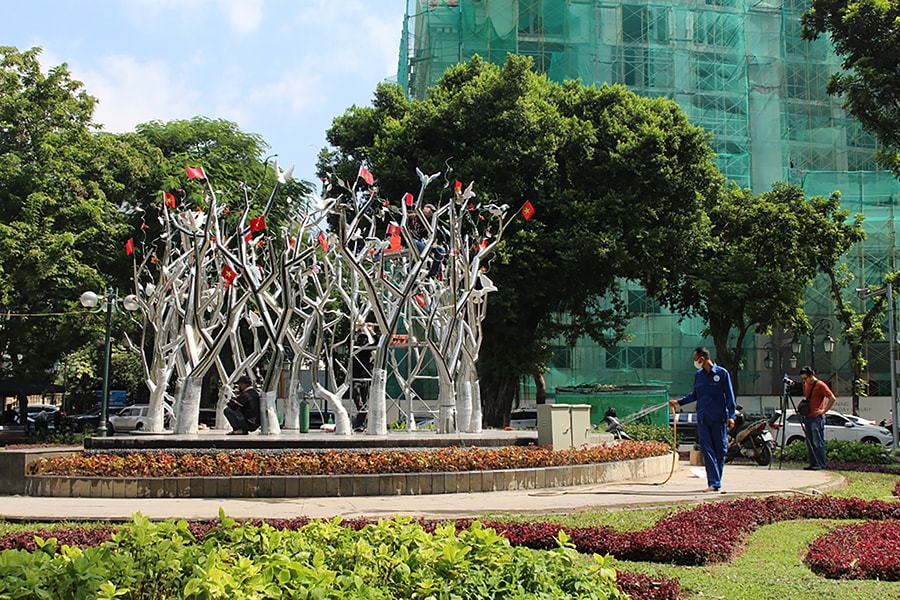
Community art - the "breath" of the city
Six years ago, in the summer of 2019, a group of artists and residents of Phuc Tan ward (now Hong Ha ward) began an unprecedented experiment, turning a nearly one-kilometer-long wall, which used to be a garbage collection site, into the first public art space in the riverside area. The project, inaugurated in February 2020, was called "Phuc Tan Public Art". Artist Nguyen The Son, the project's curator at that time, compared this place to "an open museum" - where anyone can admire, chat, and touch the works. More specifically, the project also had the participation of the community. People cleaned up trash, placed chairs, planted flowers, and preserved each section of the wall as if they were preserving their own home. They did not stand aside, but became a part of the creation - contributing their hands and hearts to awaken a new look for the once-forgotten shore...
That scene is a vivid slice of a seemingly distant concept: Community art, where people and the common interests of the community are placed at the center.
In fact, community art is not a new concept. Since ancient Greece and Rome, people have known how to bring art out of the palace, into life through squares such as the Greek Agora or the Roman Forum, which are both meeting places and creative spaces. There, art does not stand on a high pedestal, but touches the hearts of the public, so that every citizen becomes an audience and also a creator. In Vietnam, that spirit is being continued when community art spaces appear more and more popular and close such as the Hoan Kiem Lake walking space and surrounding areas, Phung Hung mural street, the ceramic road along the Red River in Hanoi ; Tam Thanh mural village (Tam Ky - Quang Ngai); Doc Nha Lang space (Da Lat)...
The valuable thing is that in the process of creating those spaces, the community always plays a central role: from the ideas and hands of artists and architects to the cooperation, contribution and preservation of the people. It is this participation that has made art closer and more closely connected to life, so that each project not only bears the mark of the artist but is also imbued with the love of the people for the space they live in...
However, despite contributing to beautifying the streets and bringing art closer to life, community art in Vietnam still faces many challenges. The story is not only on the side of the creators, but in many places, the community - the direct beneficiaries - unintentionally harms art. The ceramic road along the Red River, once a symbol of creativity and pride of the Capital, now has many sections turned into places for dumping garbage and defecating... The installation "Tower" by artist Mai Thu Van next to Hoan Kiem Lake, once expected to be a highlight of contemporary art in the heart of the Old Quarter, at one point was turned into... a temporary toilet. There, art is no longer a symbol of beauty, but becomes proof of the indifference and lack of awareness of a part of the people.
Along with the lack of awareness of a segment of the population are difficulties in maintaining and preserving community art spaces. Limited funding, unsynchronized urban planning, polluted environment, and fragmented management mechanisms cause many art works to quickly deteriorate and lose their original value. Many projects only shine during the inauguration ceremony, then quietly fade away over the years. Community art - which should be the "breath" of the city - has now become a void in some places, where beauty is forgotten in the midst of a noisy, hurried life.
Empowering creativity in the community
In that context, at the International Conference with the theme "Art Development in the Context of Globalization and Digital Transformation: International Experience and Lessons for Vietnam" held in early October, the concept of "art ward" was first mentioned. At the first session, international and domestic scholars clearly outlined the global picture of art in the digital age, thereby emphasizing that community art is the "lifeblood" of creative urban areas - where people not only enjoy but also create cultural values. From comparing successful models such as Koenji (Japan), Montmartre (France), Talad Noi (Thailand)..., Associate Professor, Dr. Nguyen Thi Thu Phuong, Director of the Vietnam Institute of Culture, Arts, Sports and Tourism (VICAST), on behalf of the research team, shared the story "Developing community art in Cua Nam ward - from community will to local creative ecosystem". The study proposes an approach to building an “art ward” model through community empowerment - with the community as the center, heritage as the material and soft institutions as the driving force. Accordingly, the “art ward” is not only an administrative unit, but also a vibrant cultural space, where the community is the center of artistic activities, participating in creating and managing creative spaces...
In fact, the “art precinct” model has been applied in many countries. Fitzroy, in the city of Yarra (Victoria, Australia), is a model of urban regeneration based on community creativity. Once an old industrial area, Fitzroy has converted abandoned factories into art studios, performance spaces, creative cafes and design markets. The local government allows for flexible policy experiments, encourages space reuse instead of demolition, and empowers the creative community. As a result, Fitzroy becomes an independent creative center, nurturing design, music , and visual arts industries, while maintaining social cohesion and local identity.
Similarly, Talad Noi area in Talad Noi ward (Bangkok, Thailand) is a traditional Chinese area, famous for its architectural heritage, handicrafts and street culture. As Bangkok rapidly modernizes, Talad Noi faces the risk of being lost, but the young artist community, creative businesses and ward authorities have collaborated to restore old houses, mechanical workshops, warehouses into creative spaces and community museums. The Creative District Bangkok project (2017) applied the “3P - Public, Private, People” model (Government - Business - Community) to create a new creative value chain from heritage. This is a typical example of flexible ward-level management in conservation and sustainable development...
These experiences suggest a new approach for Hanoi in transforming community creative energy into a driving force for sustainable development. In the current context, the “art ward” model is considered an effective direction in which the community is empowered, the government supports and heritage is revived through creativity. By empowering the community and having flexible support from the government, “art ward” will promote social cohesion, nurture artistic talent, and at the same time create new vitality for community culture. In Vietnam, wards with historical and cultural values such as Cua Nam can completely become the nucleus of creative urban areas, bringing long-term benefits to the community and the city.
From the initial studies on the “art ward” model, Associate Professor Dr. Nguyen Thi Thu Phuong also affirmed that sustainable urban creativity does not only come from single-line planning or investment, but originates from the awakening of the community in their own living space. When community art is seen as a development method, not just a cultural activity, it will become a natural mechanism to activate creative energy, strengthen social cohesion and regenerate urban heritage. From the ward level - the level closest to the people - a soft creative infrastructure can be formed, where community will, heritage and institutions operate together in a new balance. The Cua Nam model is therefore not only a local experiment, but also a policy suggestion for Hanoi and other Vietnamese cities: Urban cultural development must start from empowering creativity to the community, so that each ward becomes a creative cell of the creative city of Hanoi.
Source: https://hanoimoi.vn/phuong-nghe-thuat-huong-di-moi-cho-thanh-pho-sang-tao-722569.html



![[Photo] Heavy damage after storm No. 13 in Song Cau ward, Dak Lak province](https://vphoto.vietnam.vn/thumb/1200x675/vietnam/resource/IMAGE/2025/11/08/1762574759594_img-0541-7441-jpg.webp)











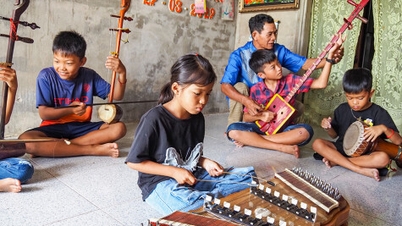








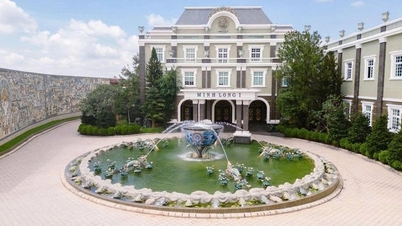















![[Video] Hue Monuments reopen to welcome visitors](https://vphoto.vietnam.vn/thumb/402x226/vietnam/resource/IMAGE/2025/11/05/1762301089171_dung01-05-43-09still013-jpg.webp)



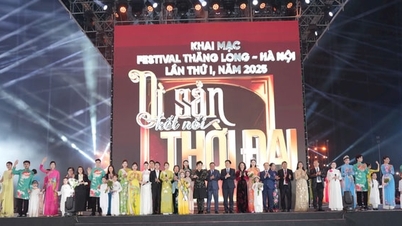

































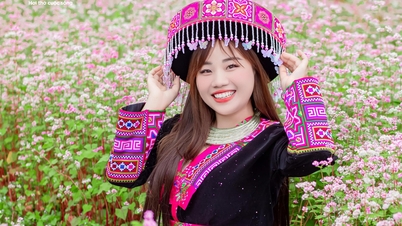








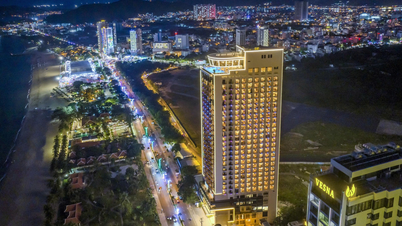


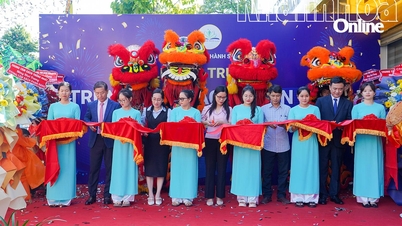


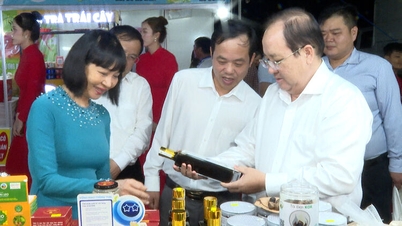


















Comment (0)